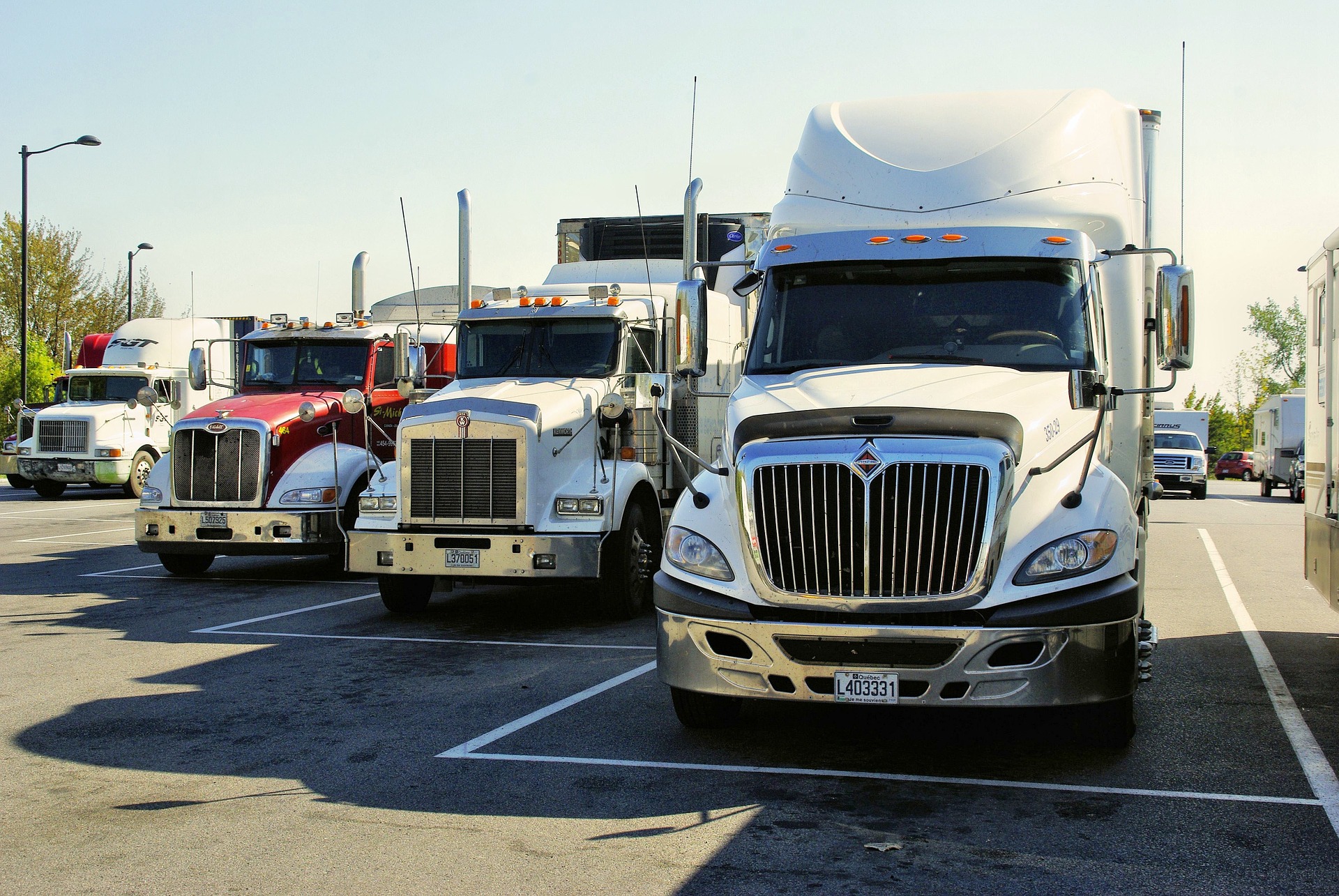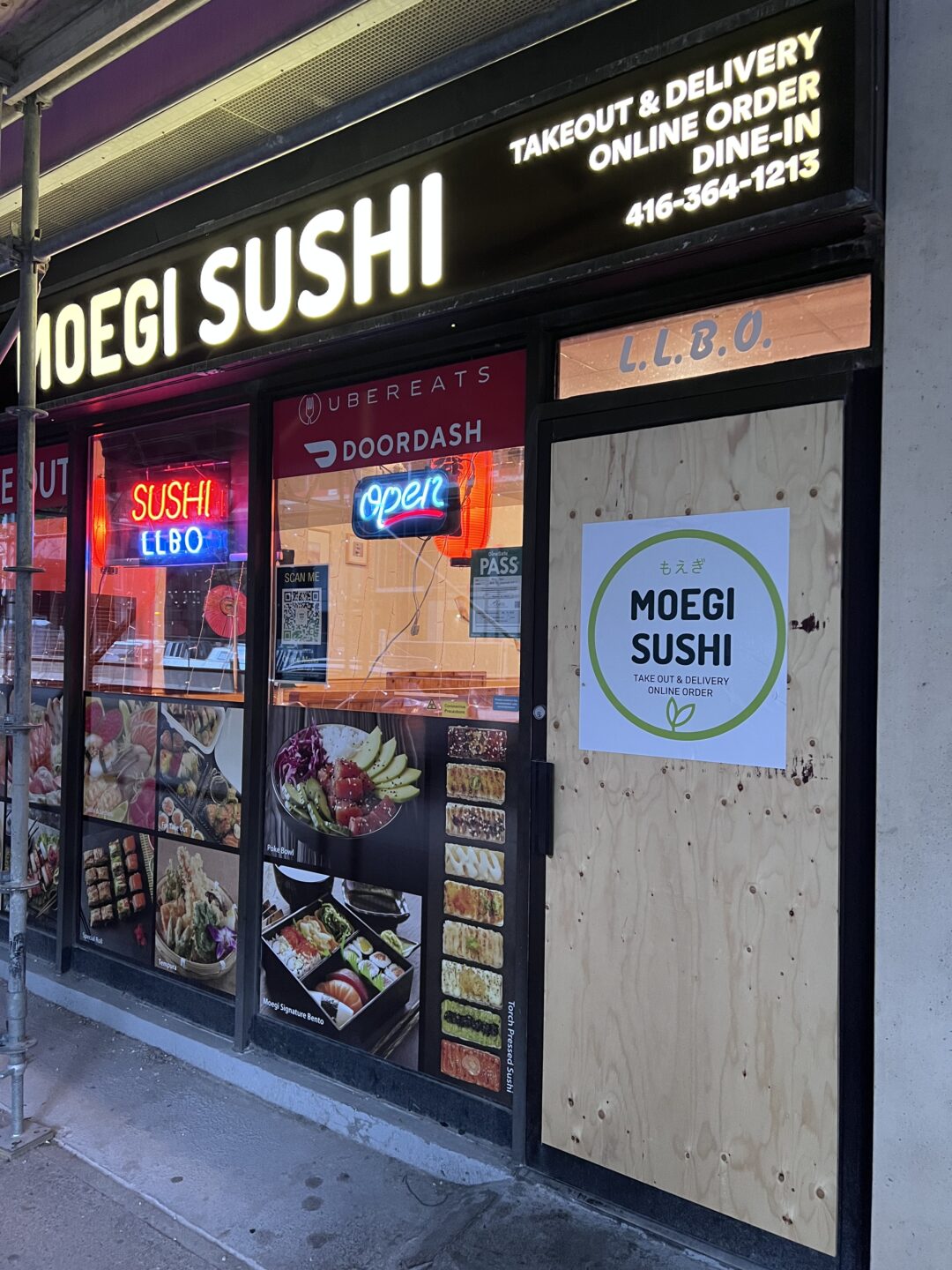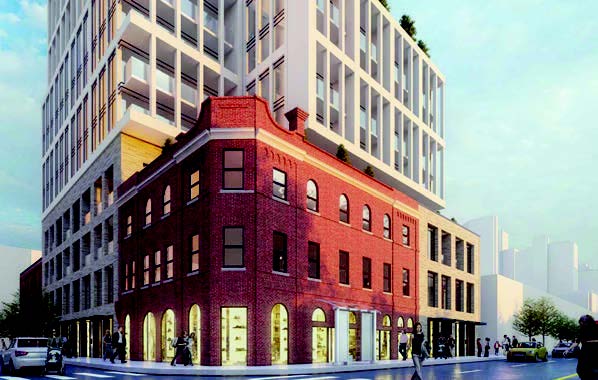Ben Bull, Columnist
–
A broken light post is crumpled under a semi tractor-trailer on Front Street East. It’s wedged up against the fuel tank. All lanes are blocked. The truck has mounted the curb on its way to an unceremonious, crunching stop.
Just another day in the core.
I cross the street and peek underneath the truck, looking for a tell-tale tarp or a mangled bike: Nothing. This time at least, everybody gets out alive.
We’ve seen this movie before: Trucks Behaving Badly. It was a sequel to Cars Gone Wild. Remember that? They are still making sequels today.
Toronto’s streets should not be the scenes of such carnage. An 80-year-old lady was mowed down and killed at College and Bay on February 18. How does this happen? If we reduced traffic speeds to 30 kilometres per hour there would be only a five per cent chance of a pedestrian collision resulting in death. At 56 km/h that risk goes up to 45 per cent. This kind of mayhem has no place on our downtown streets. And neither do trucks. And yet for some reason we keep waving them in.
Toronto’s auto vehicle welcome mat – the Gardiner Expressway – was just allotted $1.9 billion in the city budget. That’s more than nine times the cycling infrastructure budget for the entire city, and 13 times the allocation for road safety.
I know a cost-effective way to make our roads safer – close them!
We have clearly prioritized keeping traffic moving over slowing it down or keeping it out of downtown. But why? We are building whole swathes of transit all over Toronto. In our efforts to catch up on decades of inaction we are finally poised to cut the ribbon on the Eglinton Crosstown this Fall. The Ontario Line is set to lay down another 16 kilometres of rapid transit before 2030. And the GO Expansion program plans to bring 15-minute allday service to core routes.
Three-quarters of Torontonians already walk, cycle or take transit. There are so many ways to get around the city, yet we still make it easy to drive. Why does the city reserve 80 per cent of our street space for cars?
Big rigs have no place downtown. Watching the pictures of the Ottawa occupation it was startling to see the impasse of trucks versus pedestrians. There was no room for people to move around, the noise was enough to prompt a court injunction, and the pollution was worse than in Mexico City. And those trucks weren’t even moving.
Trucks are necessary to keep store shelves stocked, but that doesn’t mean they can’t park on the outskirts of the city and find a safer way to make the last mile.
Trucks have no place in the core. Toronto’s Vision Zero pedestrian safety program is aptly named. Our city seems to have very little vision when it comes to carving out safe spaces for pedestrians. The city is about to break ground on the YongeTOmorrow plan, which will widen sidewalks between College and Queen Streets. But why did it take 10 years to ink? And why doesn’t it run all the way to Bloor?
Our bike network is set to expand by another 100 kilometres, but we are still being squeezed out by trucks and cars.
When I looked past the obtuse flags and illegal activity during the Ottawa occupation, I couldn’t help but notice that, in between the big rigs, the streets were hopping. Everybody loves a street party. When you close a downtown street to traffic the city comes alive.
You never see anyone sitting on their patios outside the condos lining the Gardiner. Why? Because traffic is boring; it’s noisy, and it stinks. But people? People are fun.
It’s time for trucks to truck out of Toronto’s downtown. It’s time to give the streets back to the people.




